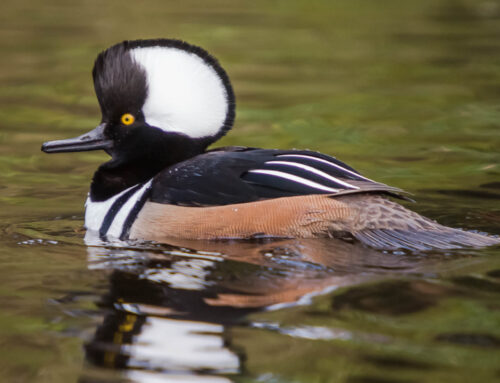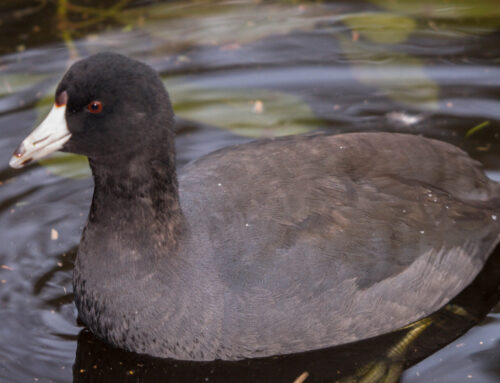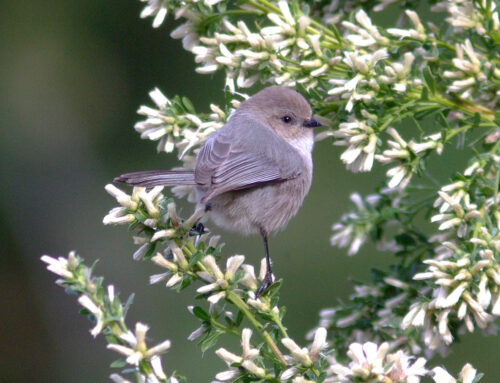Common Name
Dark-eyed Junco
Species Name
Junco hyemalis

©2007 Don Enright

©2007 Don Enright

Appearance
13-16 cm length | 18-25 cm wingspan | 18-30 g weight
A medium sized sparrow with a rounded head, short stout bill, and long conspicuous tail. Juncos have a large range of geographic variations in appearance. They are divided into 15 described races which are difficult to distinguish in the field. Generally, they are dark gray or brown birds with a pink bill and white outer tail feathers, Juveniles are streaky brown at first. There are two widespread forms of Dark-eyed Junco: “slate-coloured” junco of the eastern United States and Canada, which is solid gray on head, back, and sides; and “Oregon” junco, found across the western United States, with a dark grey to black hood, chestnut back, and rusty sides. Other variations included slate-coloured “white-winged” and Oregon-like “pink-sided” juncos of the Rockies and western Great Plains; and the Yellow-eyed Junco-like “red-backed” and “gray-headed” juncos of the Southwest. In Vancouver, we primarily get the Oregon Junco and a few Slate-coloured.
Habitat / Behaviour
Omnivores | forests | Year-round in Vancouver (but more numerous in winter)| Lives 3-11 years
Dark-eyed Juncos are ground foragers who hop around the base of trees and shrubs in forests, or on lawns around bird feeders. They can be seen across much of North America at elevations from sea level to more than 3000 meters. They are often found in coniferous forests but during winter and migration, they use a wider variety of habitats including open woodlands, fields, roadsides, parks, and gardens. They will also form large flocks in the winter which may contain several subspecies, and even have a hierarchy depending on arrival time into the flock.
They are primarily seedeaters, and at feeders they seem to prefer millet over sunflower seeds. During breeding season Dark-eyed Juncos also eat insects including beetles, moths, butterflies, caterpillars, ants, wasps, and flies.
Breeding
Monogamous | ground nesting| 3-6 white to pale green dark speckled eggs | 1-3 broods per year
Nests are typically made in a depression or niche on sloping ground, rock rack, or among upturned tree roots. Occasionally they will nest above the ground on horizontal branches, window ledges, and in hanging flowerpots or light fixtures. Nests are variable depending on where they are built. Sometimes ground nests are just finely lined with grasses or pine needles. Other nests may be built on a foundation of twigs, leaves, and moss. The nest may take 3-7 days to build and typically are 7.5 to 14 cm wide and 4 to 7 cm deep. Juncos rarely reuse nests.






